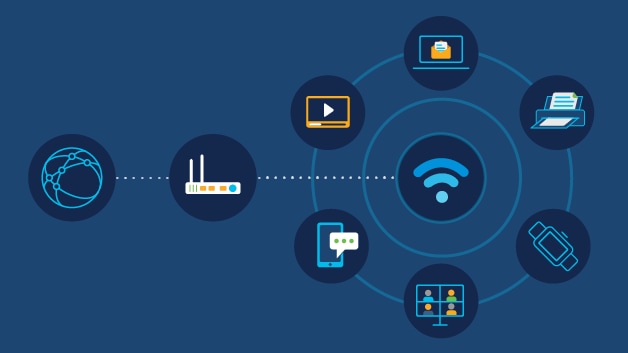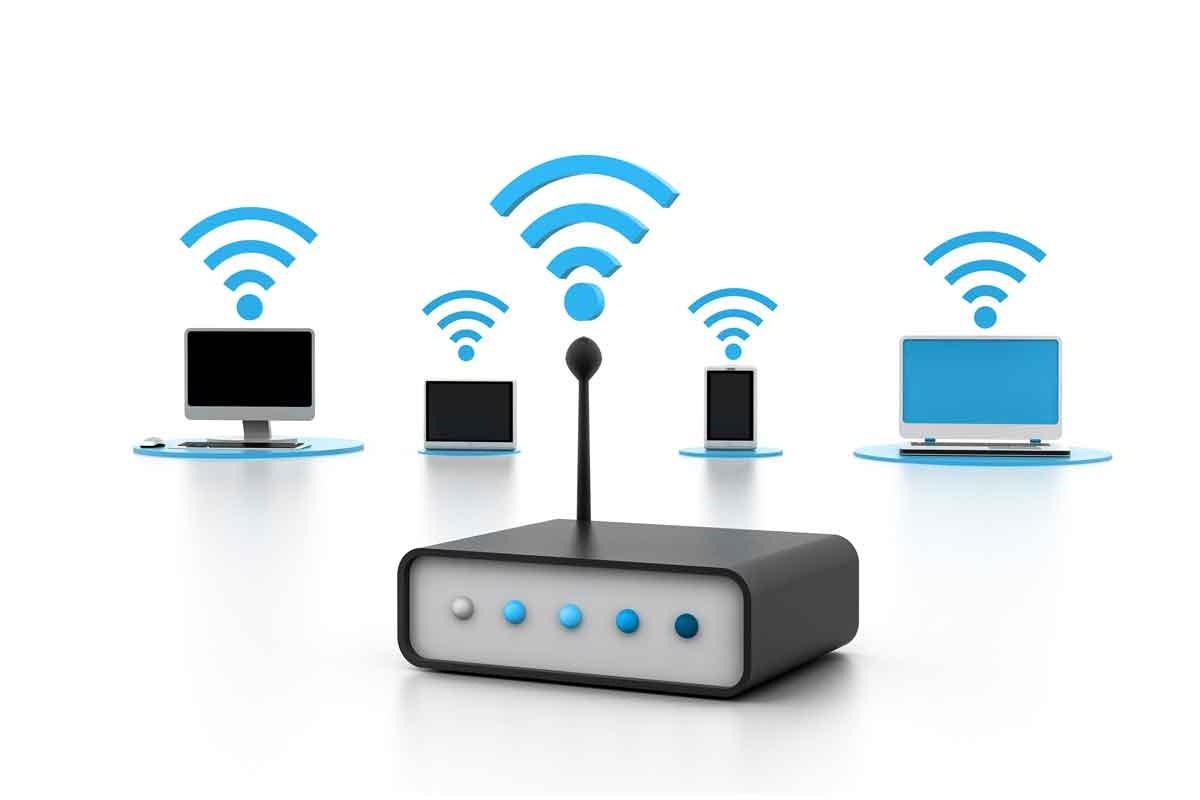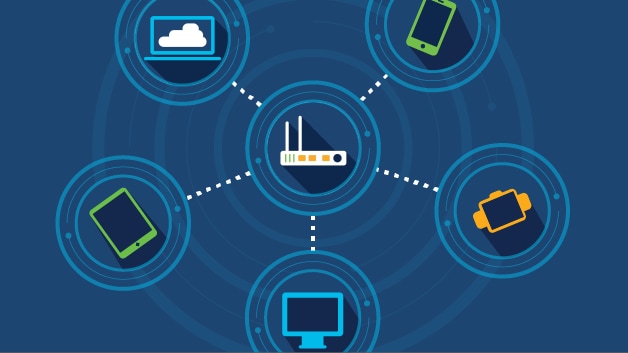
How Wireless Networking
Introduction
Wireless networking has become an essential part of our daily lives, enabling us to access the internet, connect devices, and communicate wirelessly. In this article, we will provide a comprehensive overview of how wireless networking works, including the different types of wireless networks and the equipment and connections required.
Types of Wireless Networks
| Network Type | Description |
|---|---|
| Wireless Local Area Network (WLAN) | A WLAN connects computers in a limited area without using network cables. |
| Wireless Metropolitan Area Network (WMAN) | A WMAN covers a larger area, such as a city or town. |
| Wireless Personal Area Network (WPAN) | A WPAN connects devices within a short range, typically within a person’s personal workspace. |
| Wireless Wide Area Network (WWAN) | A WWAN covers a large geographic area, such as a country or continent. |
How a Wireless Network is Created
To create your own Wi-Fi network, you will need a wireless router. This device broadcasts the Wi-Fi signal from your internet modem throughout your house. Your internet service provider (ISP) may offer you a wireless router for a small monthly fee.

Credit: services.hummingbirdnetworks.com
Connecting Devices to a Wireless Network
To connect devices to a wireless network, follow these steps:
- Go to your device’s wireless settings menu.
- Turn on Wi-Fi.
- Select your network (SSID) from the list of available networks.
- Enter your network key/passphrase (Wi-Fi password).
- Select “Connect” or “Join” to establish the connection.

Credit: www.cisco.com
How Wireless Networking Works
In a wireless network, computers use radio communications to send data between each other. There are two ways to establish wireless connections: direct communication between wireless computers or connecting to an existing network through a wireless access point (AP).
Advantages of Wireless Networking
Wireless networking offers several advantages, including:
- Flexibility: Freedom to move around without being limited by cables.
- Convenience: Easy setup and access to the network from multiple devices.
- Scalability: Easy expansion of the network to accommodate more devices.
- Mobility: Access to the network from various locations within the coverage area.
- Cost-effective: Elimination of the need for extensive cabling infrastructure.
Frequently Asked Questions Of How Wireless Networking
How Does Wireless Networking Work?
A wireless network enables computers to connect without using network cables. Computers use radio communications to transmit data between each other. You can directly communicate with other wireless devices or connect to an existing network through a wireless access point (AP).
What Are The 4 Types Of Wireless Networks?
There are four types of wireless networks: wireless local area networks, metropolitan area networks, personal area networks, and wide area networks. Each has a specific function and requires different equipment and connections.
How Is A Wireless Network Created?
To create a wireless network, you need a wireless router to broadcast the Wi-Fi signal. Devices connect using radio communications to send data and communicate with each other or through a wireless access point (AP). This wireless network can be Wi-Fi, metro, personal, or wide area network.
How Do Devices Connect To A Wireless Network?
Devices connect to a wireless network by enabling WiFi, selecting the network, entering the password, and then connecting.
Conclusion
Wireless networking has revolutionized the way we connect and communicate in the digital age. Understanding how wireless networks work and the different types available can help us make the most of this technology. With wireless networking, we can enjoy the benefits of convenience, mobility, and scalability, making our lives more efficient and connected than ever before.
